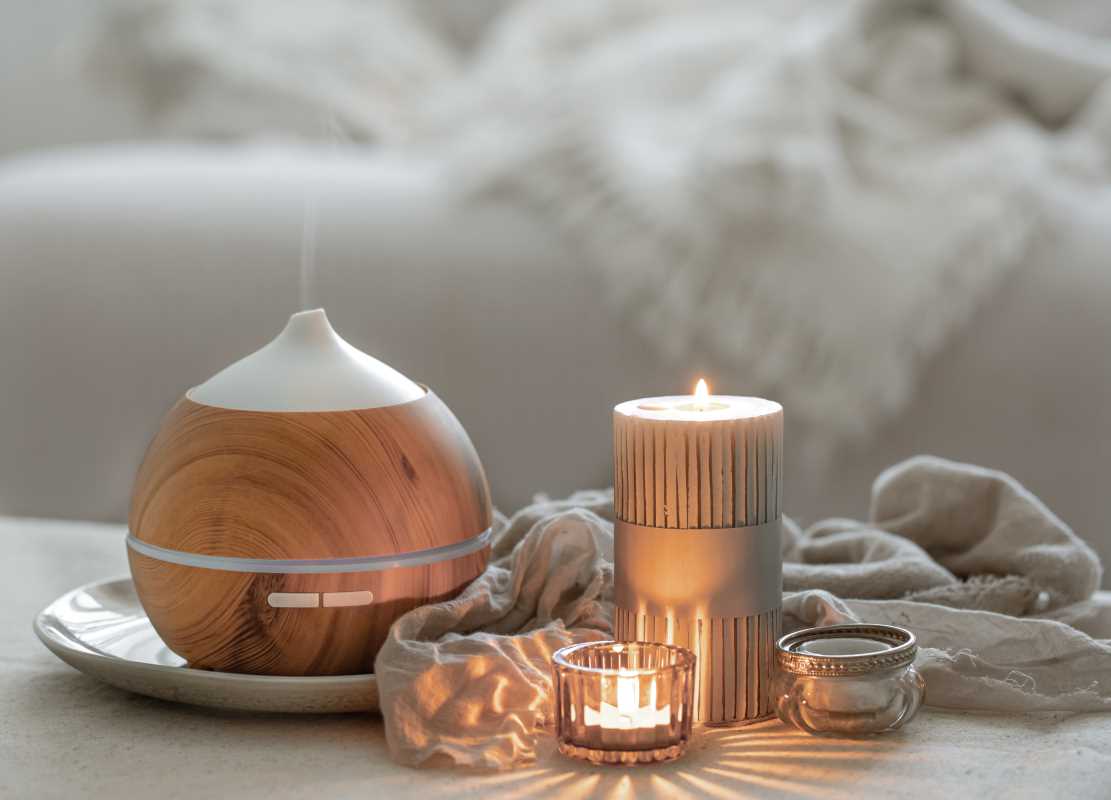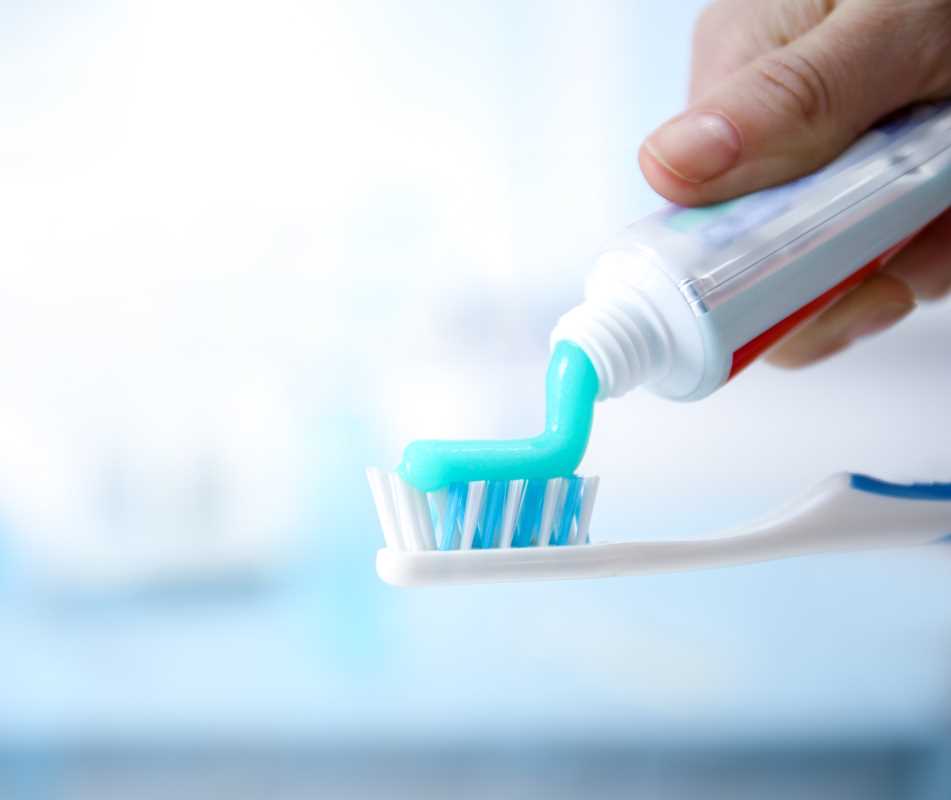Scented candles do more than just light up a room; they create an atmosphere, evoke memories, and help us unwind after a long day. The simple act of lighting a candle can feel like a small ritual of self-care. But have you ever wondered what you’re actually breathing in when you enjoy that lovely fragrance? Some scented candles contain ingredients that could be harmful to your health and the air quality in your home. Learning how to spot potentially toxic candles is a wonderful step toward creating a healthier living space. We’ve got you covered with a clear guide to help you choose candles that are both beautiful and safe for you and your loved ones.
Understanding Candle Ingredients: The Good and The Bad
A candle seems simple, but it’s a combination of wax, a wick, and fragrance. Each of these components can vary widely in quality and chemical makeup. Making informed choices starts with understanding what goes into your favorite candles.
The Foundation: Candle Wax
The wax is the main fuel for the flame, and its source can make a big difference in air quality.
- Paraffin Wax: This is the most common and least expensive candle wax. It is a byproduct of the petroleum refining process. When burned, paraffin wax can release volatile organic compounds (VOCs) into the air, including known carcinogens like benzene and toluene. These are the same chemicals found in diesel fuel exhaust. While the amount released from a single candle is small, frequent use in poorly ventilated spaces can contribute to indoor air pollution.
- Soy Wax: A much healthier alternative, soy wax is made from hydrogenated soybean oil. It is a natural, renewable resource that burns cleaner and slower than paraffin. Soy wax candles produce significantly less soot and release no known carcinogens, making them a fantastic choice for a cleaner home environment.
- Beeswax: This is another excellent natural option. Beeswax is produced by honeybees and has a subtle, naturally sweet scent. It is known for being a very clean-burning wax. Some even believe that burning beeswax candles can help purify the air by releasing negative ions, which can bind with airborne pollutants.
- Coconut Wax: This wax is made from the meat of coconuts and is often blended with other natural waxes. It is also a clean-burning and sustainable option that holds fragrance very well.
The Carrier of Scent: Fragrance Oils
The scent is what makes a candle special, but "fragrance" can be a tricky term.
- Synthetic Fragrances: Many conventional candles use synthetic fragrance oils derived from petroleum. The term "fragrance" or "parfum" on a label can hide a complex mixture of potentially hundreds of chemicals, including phthalates. Phthalates are used to make scents last longer, but they are also endocrine disruptors, meaning they can interfere with your body's hormonal system.
- Essential Oils: Candles scented with 100% pure essential oils are a much safer bet. These oils are extracted directly from plants and provide a natural, authentic scent without the synthetic chemicals. Look for labels that explicitly state "scented with pure essential oils" rather than just "made with essential oils," which could mean a blend of natural and synthetic ingredients.
The Core: The Wick
The wick's job is to draw the melted wax up to the flame. In the past, some wicks contained a lead core to keep them standing straight. The use of lead in wicks was banned in the United States in 2003 because burning lead releases toxic fumes. Today, safe wicks are typically made from cotton, hemp, or wood. Always ensure your candle's wick is lead-free.
Health Concerns Linked to Toxic Candles
Burning candles with harmful ingredients can release pollutants that may affect your health over time, especially for those with respiratory sensitivities.
Indoor Air Pollution
When you burn a paraffin-based candle, you are essentially releasing soot and VOCs into your home. Poor indoor ventilation can trap these pollutants, leading to air quality that can be worse than the air outside. This can irritate your respiratory system and may trigger symptoms in people with asthma or allergies. Over the long term, exposure to carcinogens like benzene, even at low levels, can increase health risks.
Headaches and Allergic Reactions
The synthetic chemicals used in many fragrance oils can be a major trigger for some individuals. Breathing in these artificial scents can lead to headaches, dizziness, and nausea. For people with chemical sensitivities, they can also cause allergic reactions, including skin irritation, coughing, and sneezing. If you find that you often get a headache after lighting a particular candle, it might be a sign that its fragrance is not agreeing with you.
How to Choose a Safer Scented Candle
You can absolutely continue to enjoy the cozy ambiance of scented candles. You just need to become a more mindful shopper. We’re here to help you feel empowered in your choices.
Read the Label Carefully
Your first step is to become a detective. Brands that use high-quality, non-toxic ingredients are usually proud to say so.
- Look for Wax Type: The label should clearly state what kind of wax is used. Opt for 100% soy wax, beeswax, or coconut wax. Avoid candles where the wax type isn't listed or is simply described as a "premium wax blend," which often includes paraffin.
- Check the Fragrance Source: Look for candles scented with "100% essential oils." Be wary of the vague term "fragrance."
- Confirm the Wick Material: The packaging should mention that the wick is lead-free. Look for wicks made of 100% cotton, hemp, or wood.
Pay Attention to Soot
A well-made candle should burn cleanly with minimal smoke or soot. After you've burned a candle, check the container and the area around it. If you see a lot of black residue, it's a sign that the candle is producing soot, which is often an indicator of lower-quality wax like paraffin.
Trust Your Nose (and Your Body)
Your body can give you important clues. A high-quality, naturally scented candle will have a pleasant, authentic smell that isn’t overpowering. Many synthetic fragrances have a distinctly chemical or cloying scent that can be overwhelming. Pay attention to how you feel when the candle is burning. If you experience any discomfort like a headache or respiratory irritation, it's best to extinguish it and choose a different option next time.
Simple Tips for Healthy Candle Use
Beyond choosing the right candle, how you use it also matters for maintaining a healthy home environment.
- Ventilate the Room: Always burn candles in a well-ventilated area. Open a window slightly to allow fresh air to circulate, which helps disperse any potential pollutants.
- Trim the Wick: Before each use, trim the wick to about ¼ inch. A shorter wick creates a smaller, more controlled flame, which reduces soot and helps the candle burn more evenly.
- Don't Burn for Too Long: Avoid burning a candle for more than four hours at a time. This prevents the container from overheating and reduces the total amount of emissions released at once.
- Keep Away from Drafts: Place your candle away from fans, open windows, or high-traffic areas. Drafts can cause the flame to flicker excessively, leading to more soot.
Create a Cozy and Healthy Home
Scented candles are a wonderful way to add warmth and personality to your space. By becoming more aware of what goes into them, you can make choices that support your health and well-being. Choosing candles made from natural waxes, scented with pure essential oils, and featuring lead-free wicks allows you to enjoy their beautiful glow and fragrance with peace of mind. You have the power to create a home environment that is not only cozy and inviting but also clean and healthy.







